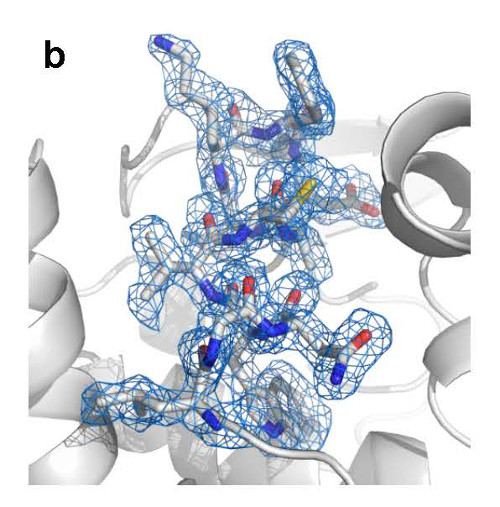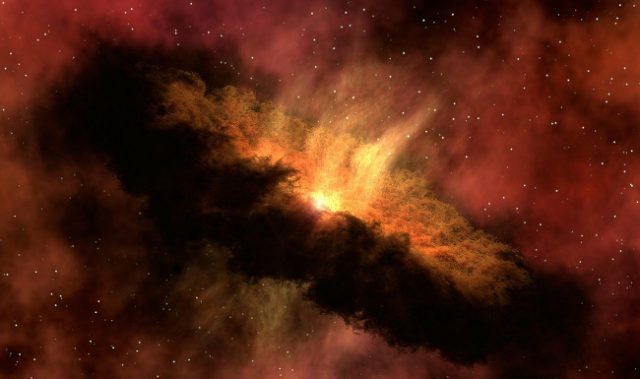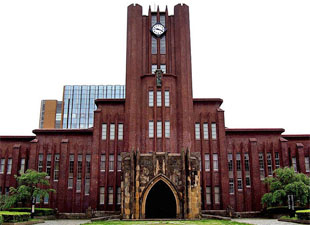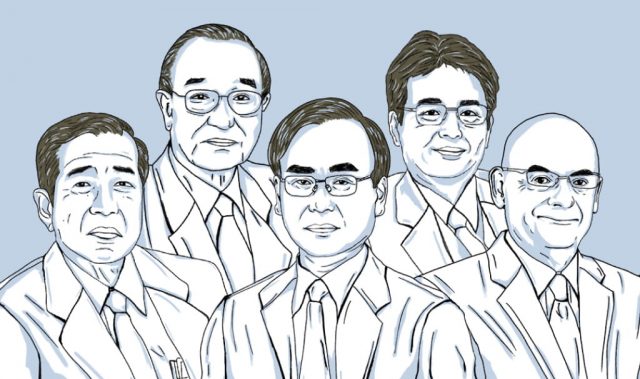
AsianScientist (Nov. 14, 2014) – Thanks to research performed at RIKEN’s SACLA x-ray free electron laser facility, the dream of analyzing the structure of large, hard-to-crystallize proteins and other bio-molecules has come one step closer to reality.
In a study published in Nature Methods, researchers used a newly developed grease to suspend small crystals of lysozyme, glucose isomerase, thaumatin and fatty acid-binding protein type-3, which they then analyzed using a method known as serial femtosecond crystallography.
Crystallography, which was first performed just a century ago, has allowed us to determine the structure of molecules, giving us much greater understanding of how life works. However, x-ray crystallography has been plagued by the fact that the x-ray pulses used to produce diffraction patterns destroy the very molecules that they are analyzing.
This limitation was eventually overcome by the development of XFEL lasers like SACLA, which create such short (femtosecond order, or 10-15 of a second) pulses of light that they allow the material to be analyzed before it has time to be destroyed through the active of reactive species. This means that the crystals can be much smaller than the bulky samples that had to be created in the past to withstand the onslaught of x-ray beams.
However, the difficulty with the new femtosecond method is that each crystal is damaged as it passes through the beam, so a series of diffraction patterns needs to be taken—of one crystal structure after another—to allow the patterns to be combined to make a good image. In the past, this was generally done by shooting the crystals in a liquid jet through the laser beam, with some being hit and most passing through untouched. However, this was very inefficient, with just one out of a thousand crystals being hit by the beam on average.
To overcome this, the research team from RIKEN, Osaka University, Kyoto University and the Japan Synchrotron Radiation Research Institute came up with an ingenious idea—suspend the crystals in a greasy substance and then pass the grease through the beam to get the diffraction pattern.
According to Dr. Michihiro Sugahara, the first author of the paper, “There were many difficulties involved in this research, but it was a great feeling when we were finally able to come up with precise diffraction patterns of the crystals, using much smaller samples than in previous studies.”
“We were able to collect eight thousand to thirty thousand indexable diffraction patterns in just an hour, using a small sample of less than one milligram. These were used to give us a precise structure of the molecules.”

The research team hopes that this technique can be used for the analysis of dangerous proteins—for example those containing mercury—since the grease holds them in place unlike liquid jets which allow them to escape into the environment.
Dr. Martin Weik, from the Institute of Structural Biology in Grenoble, France, says “This is a wonderful development that we have already made use of at SACLA to solve the structure of one of our proteins of interest. In the future, we hope to employ the newly developed grease method to structurally observe our protein at work with femtosecond time resolution.”
The article can be found at: Sugahara et al. (2014) Grease Matrix as a Versatile Carrier of Proteins for Serial Crystallography.
——-
Source: RIKEN.
Disclaimer: This article does not necessarily reflect the views of AsianScientist or its staff.












